Jacksonville, Fl. — The “Buresh Bottom Line”: Always be prepared!.....First Alert Hurricane Preparation Guide... City of Jacksonville Preparedness Guide... Georgia Hurricane Guide.
STAY INFORMED: Get the * FREE * First Alert Weather app
FREE NEWS UPDATES, ALERTS: Action News Jax app for Apple | For Android
WATCH “Preparing for the Storm”
WATCH “The Ins & Outs of Hurricane Season”
READ the First Alert Hurricane Center “Preparation Guide”
***** ALWAYS CHECK & RE-CHECK THE LATEST FORECAST & UPDATES! ****
Tropics threats for Jacksonville/NE Florida/SE Georgia: None.
The Atlantic Basin Overview:
(1) Disturbance - ‘98-L’ (’potential tropical cyclone five’) came off the coast of Africa early to mid last week & was upgraded Mon. afternoon, 08/12 to tropical storm “Ernesto” - the 5th named storm of the Atlantic season (avg. date for the 5th storm is Aug. 22) & became a hurricane Wed. morning, Aug. 14 - the 3rd hurricane of the Atlantic season - something that doesn’t happen on avg. until Sept. 7th. Ernesto made the sharp turn to the north staying well east of the U.S. east coast making landfall in Bermuda early Sat., 08/17 as a Cat. 1 hurricane before weakening to a tropical storm Sat. night only to re-strengthen into a hurricane Sunday afternoon before a brush by Newfoundland early Mon. then becoming post-tropical with the last NHC advisory issued Tue.
A nice “wake” of upwelling was left behind from east of the Bahamas to Bermuda:
#firstalertwx #Ernesto video is dropping from Saildrone & NOAA - good stuff! @ActionNewsJax @WOKVNews pic.twitter.com/RBC2BRJV12
— Mike Buresh (@MikeFirstAlert) August 20, 2024



(2) Multiple tropical waves extend from the Caribbean & the coast of Africa & may have some long term potential to slowly develop while moving westward across the Atlantic Basin. Right now most forecast models show little significant development through the end of August as there is a good deal of dry mid & upper level air, but it’s something to watch - especially the first couple of weeks of September.
... And a surface trough remains stretched out across the SW Atlantic, Florida & Central/Eastern Gulf & will be reinforced by another cool front this week. This can sometimes be a breeding ground for tropical mischief if t’storms clusters develop & manage to maintain themselves. Nothing indicated for now but an area that bears watching. There is also a piece of a 500mb (upper level) trough that will peel to the west over the Northern Gulf this week & weekend which *could* help spawn surface low pressure over the Gulf of Mexico though - again - forecast models not latching on to much for the moment.
REMEMBER WHEN A TROPICAL STORM OR HURRICANE IS APPROACHING: Taping windows is *not* recommended & will not keep glass from breaking. Instead close curtains & blinds.
Realize the forecast cone (”cone of uncertainty”) is the average forecast error over a given time - out to 5 days - & *does not* indicate the width of the storm &/or where damage might occur.
The upper oceanic heat content (UOHC) [tropical cyclone heat potential/TCHP] across the SW Atlantic, Gulf & Caribbean is unseasonably high for this time of year:
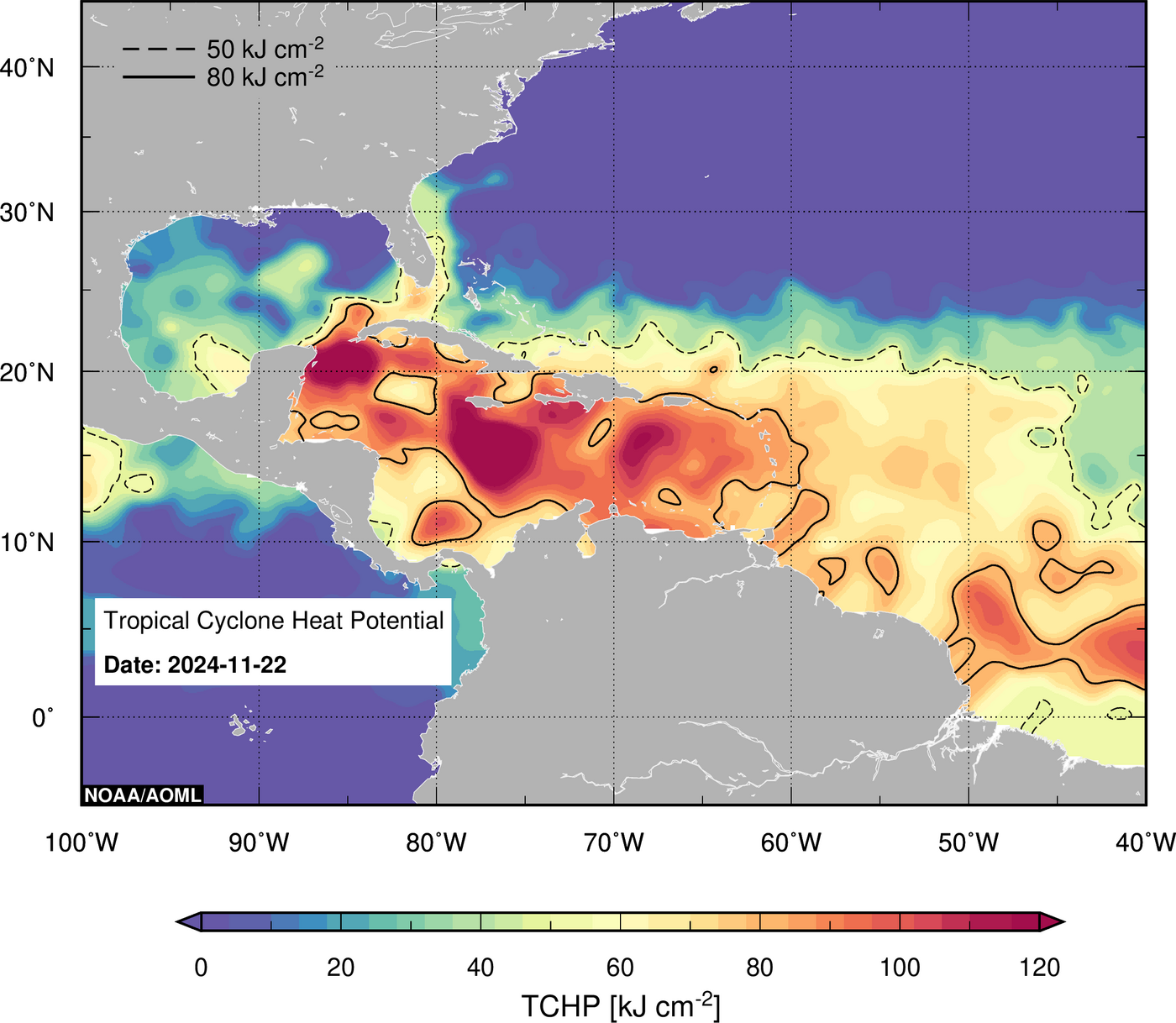
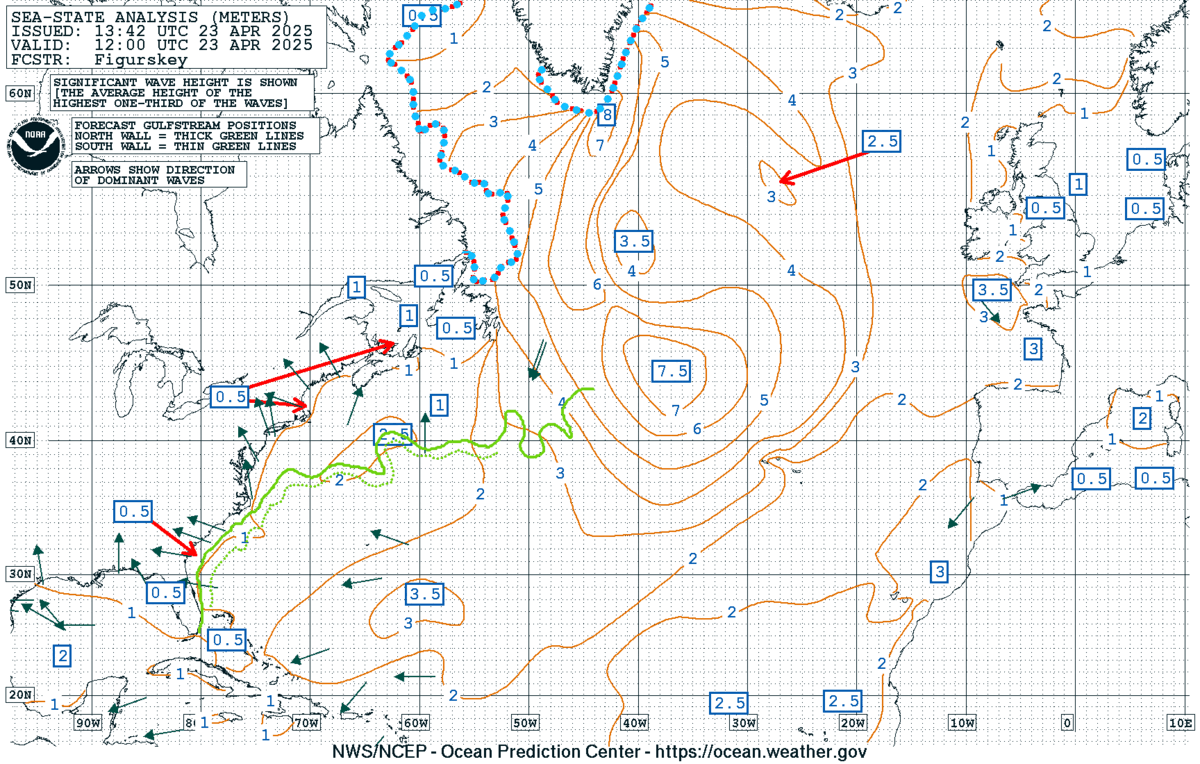
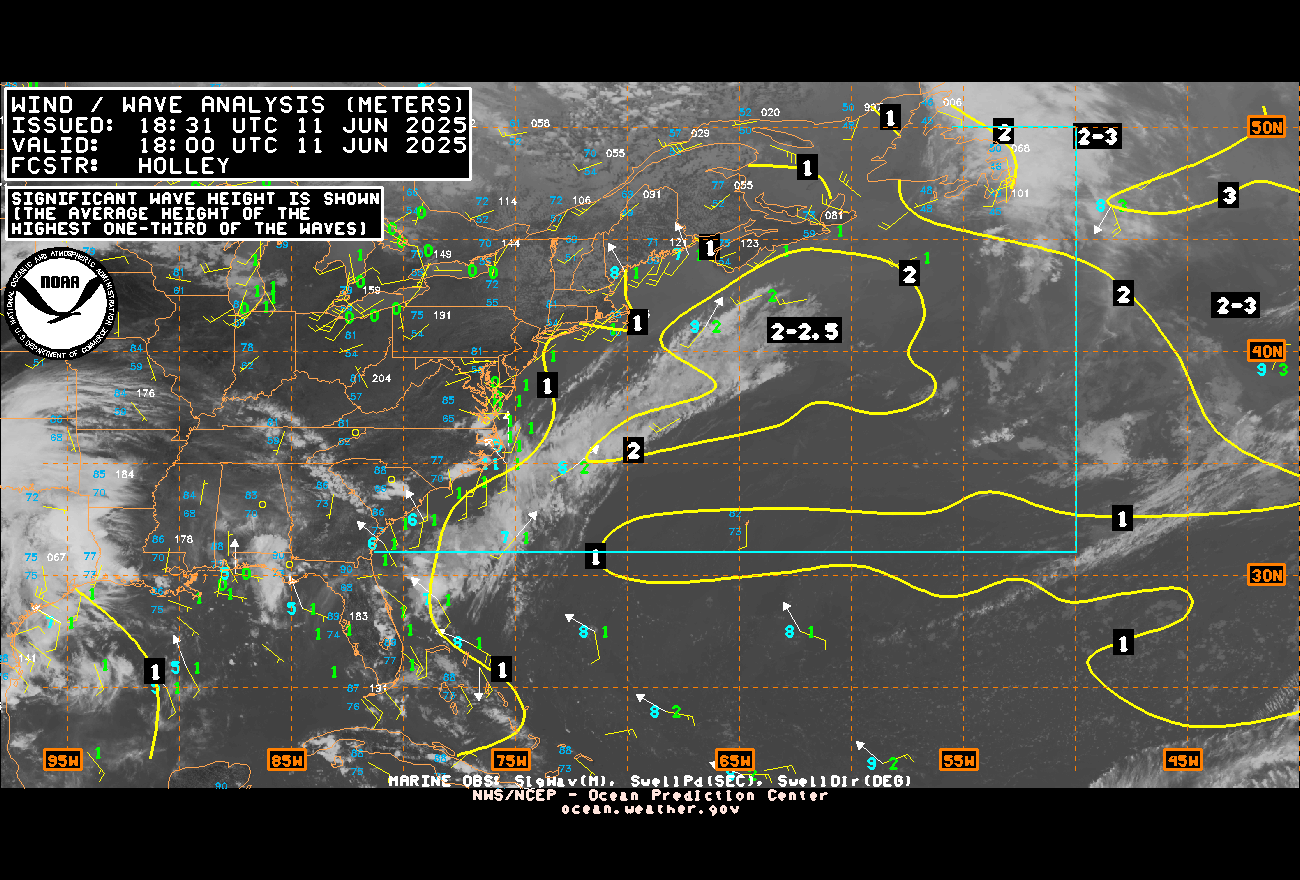



Water vapor loop (dark blue/yellow is dry mid & upper level air):


August tropical cyclone origins (early season breeding grounds are the Gulf &/or Western Caribbean:
Averages below based on climatology for the Atlantic Basin for August (1 hurricane so far, 3 tropical storms):
Wind shear (red - strong shear; green - low shear):



Saharan dust spreads west each year from Africa driven by the prevailing winds (from east to west over the Atlantic). Dry air = yellow/orange/red/pink. Widespread dust is indicative of dry air that *can* interfere with the development of tropical cyclones. However, sometimes “wanna’ be” waves will just wait until they get to the other side of - or away from - the dust plume then try to develop if other conditions are favorable (we’ve already seen this with Beryl & Debby this year). In my personal opinion, there is way too much “hoopla” about the presence of Saharan dust & how it relates to tropical cyclones. In any case, the peak of Saharan dust typically is in June & July.
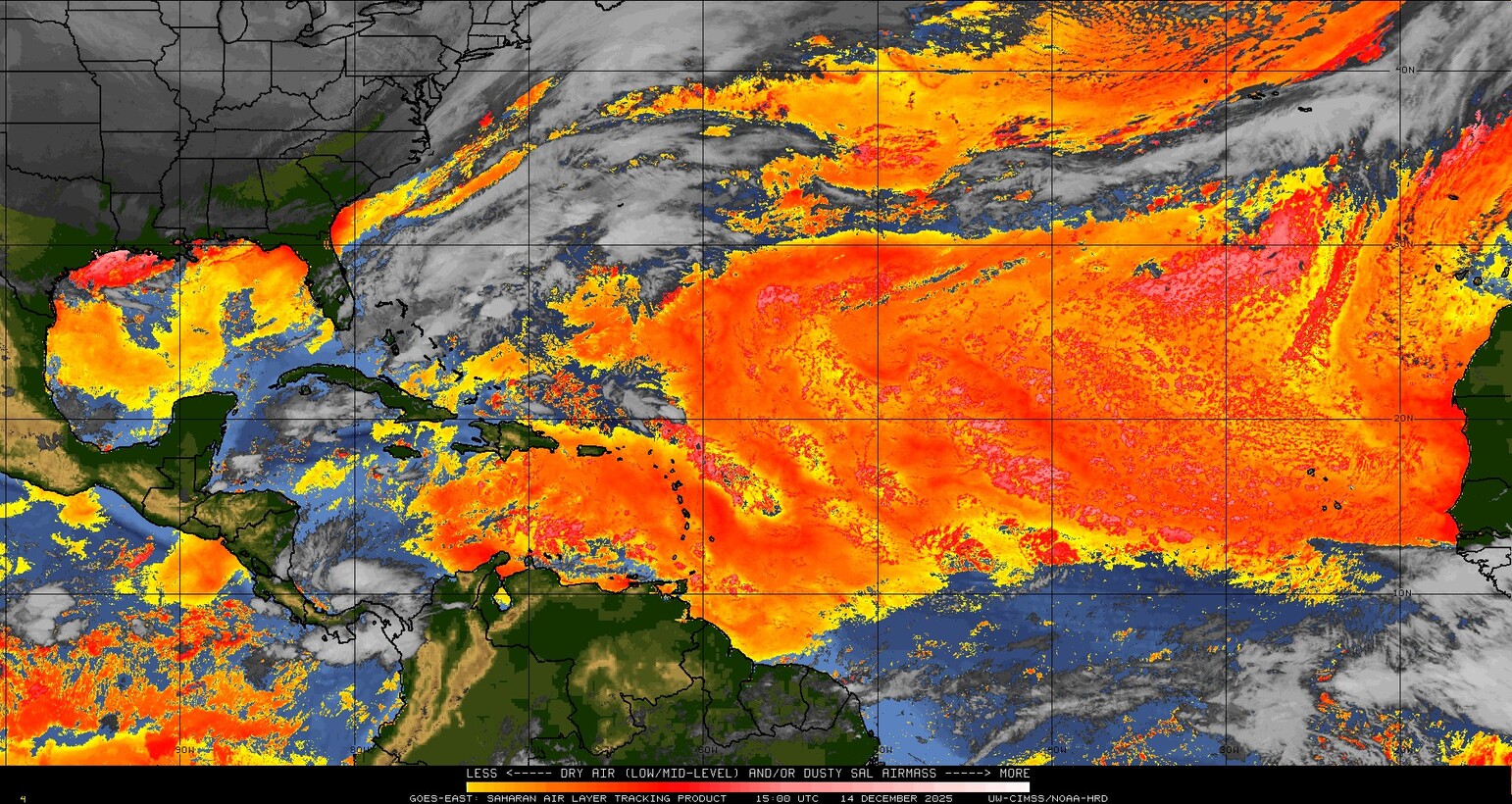
2024 names..... “Francine” is the next name on the Atlantic list (names are picked at random by the World Meteorological Organization... repeat every 6 years). Historic storms are retired [Florence & Michael in ’18 (the last time this year’s list was used)... Dorian in ’19 & Laura, Eta & Iota in ‘20, Ida in ‘21 & Fiona & Ian in ‘22]). In fact, this year’s list of names is rather infamous because of the ‘04 season when Charley, Frances, Jeanne & Ivan - all retired names - hit Florida within a matter of about 6 weeks. The WMO decided - beginning in 2021 - that the Greek alphabet will be no longer used & instead there will be a supplemental list of names if the first list is exhausted (has only happened three times - 2005, 2020 & 2021). The naming of tropical cyclones began on a consistent basis in 1953. More on the history of naming tropical cyclones * here *.





East Atlantic:





Mid & upper level wind shear (enemy of tropical cyclones) analysis (CIMMS). The red lines indicate strong shear:
Water vapor imagery (dark blue indicates dry air):

Deep oceanic heat content over the Gulf, Caribbean & deep tropical Atlantic. The colors will brighten greatly as the water warms to greater depths deeper into the season:

Sea surface temp. anomalies:
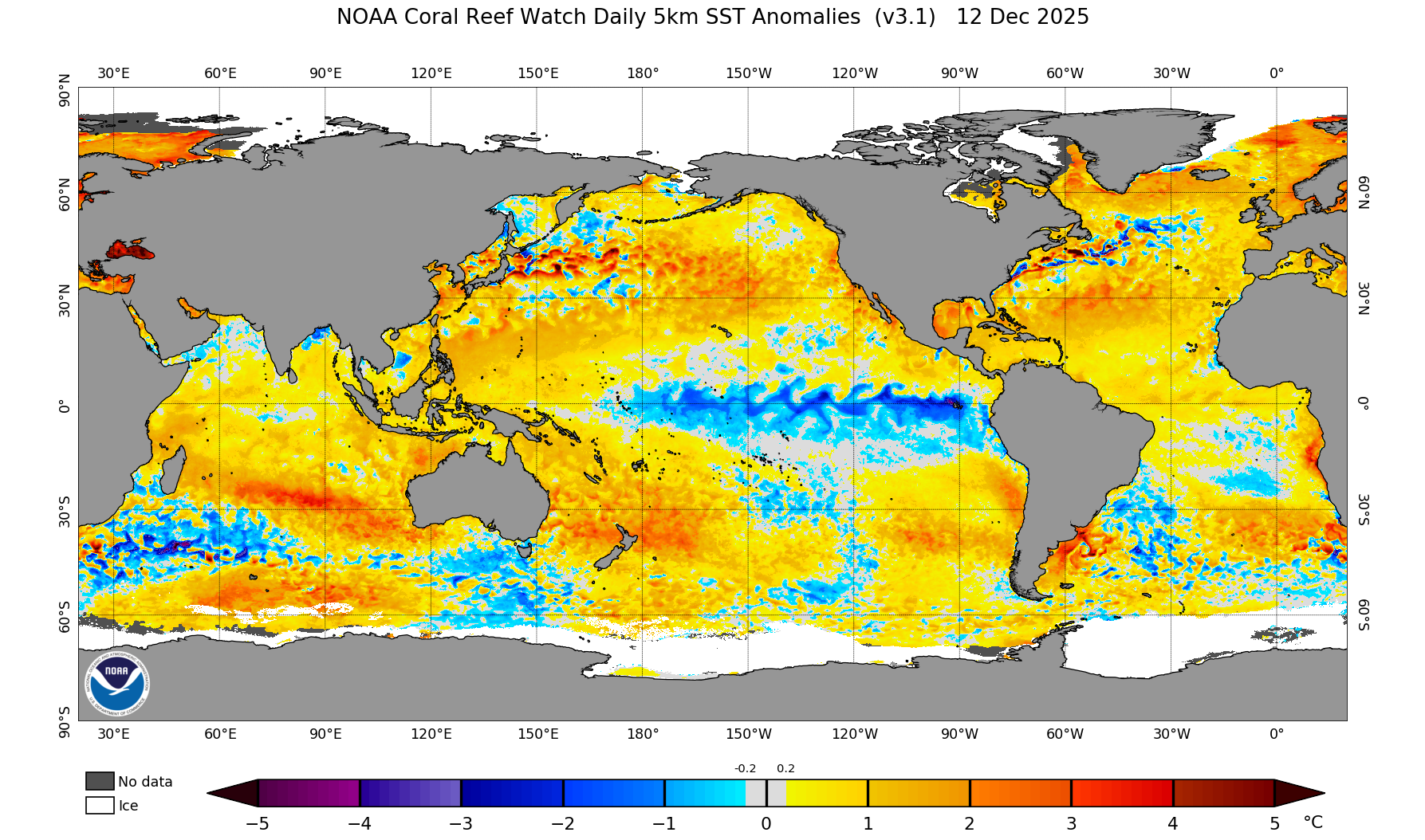

SE U.S. surface map:

Surface analysis centered on the tropical Atlantic:
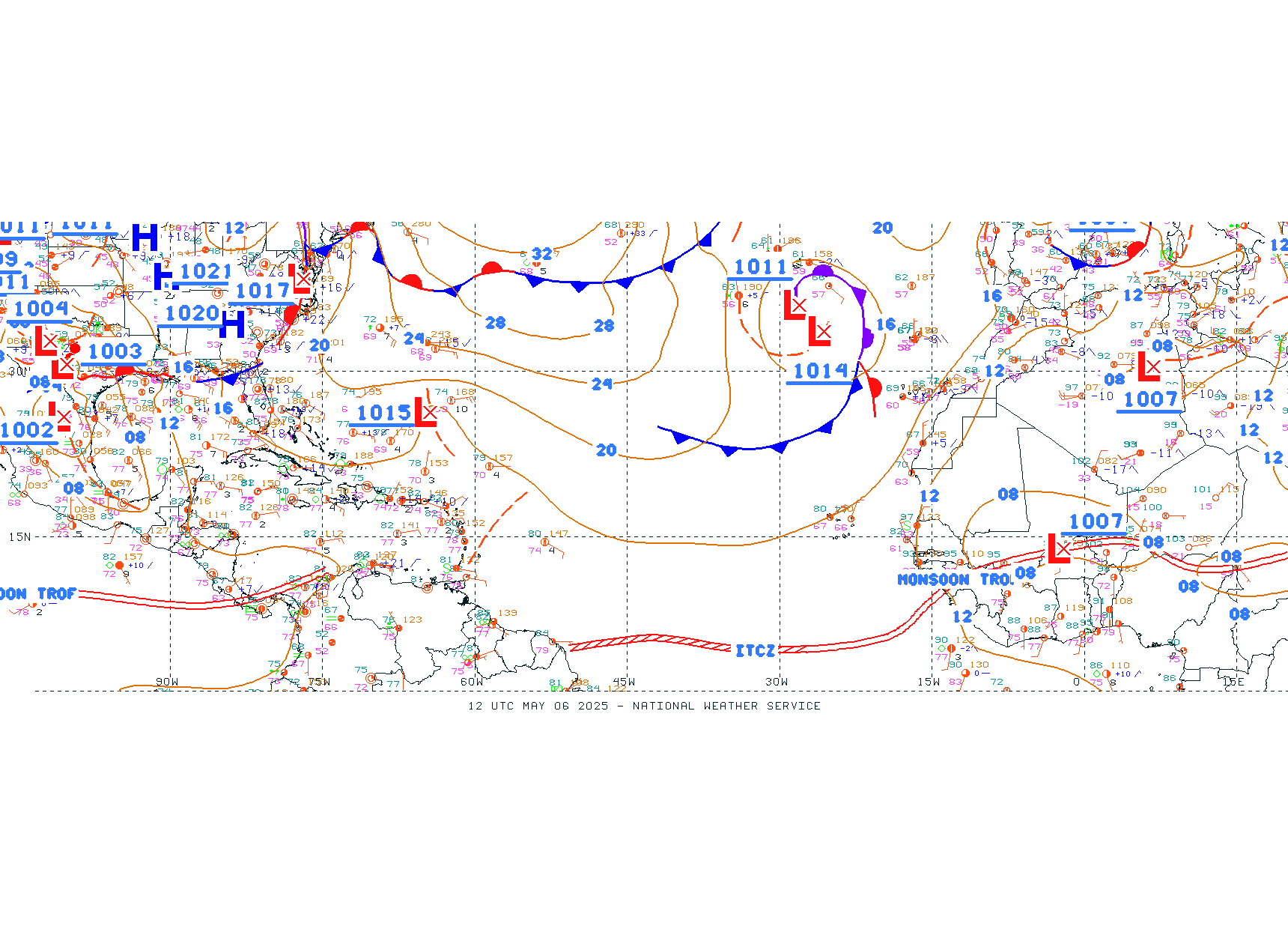
Surface analysis of the Gulf:
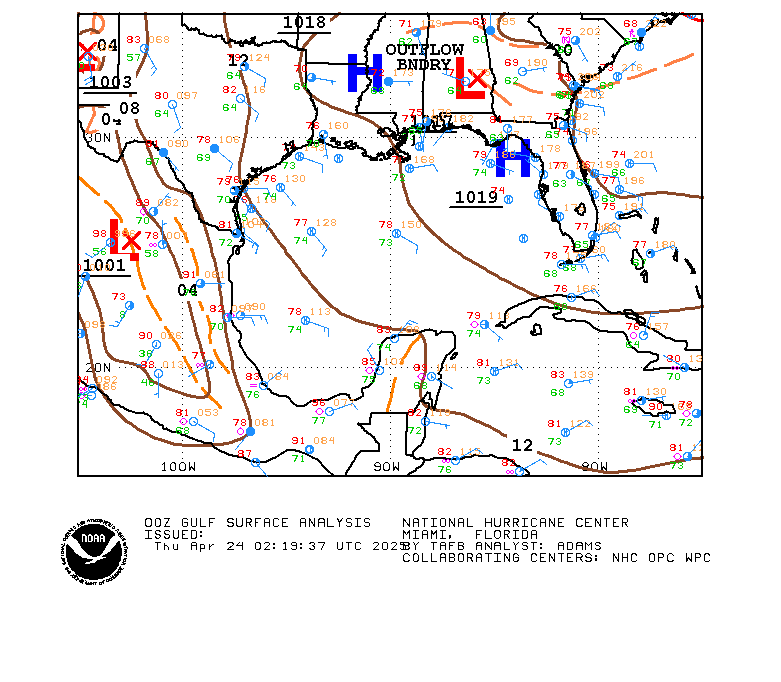
Caribbean:
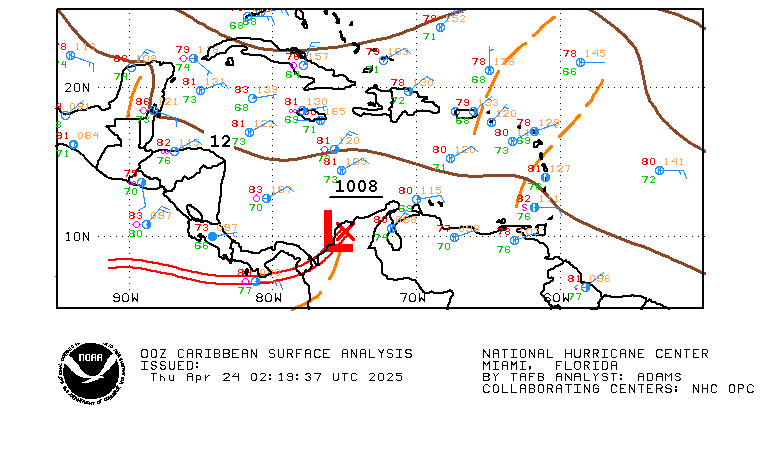
Atlantic Basin wave period forecast for 24, 48, 72 & 96 hours respectively:
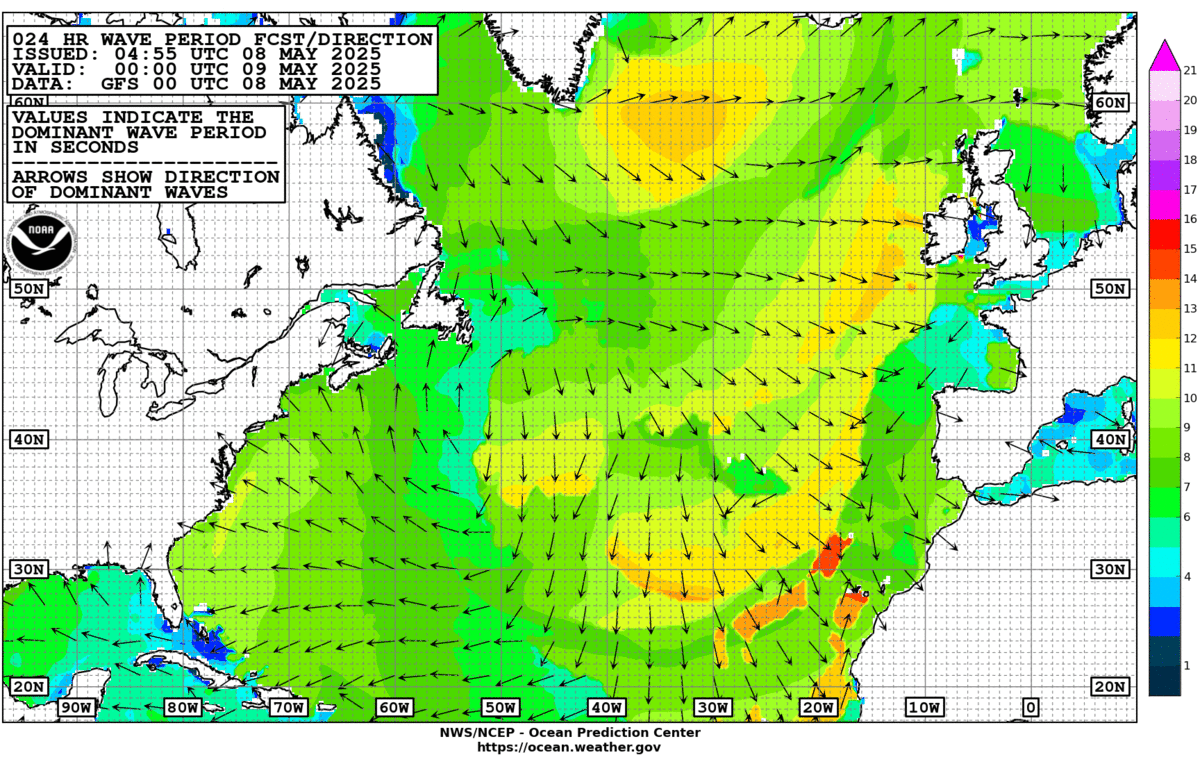
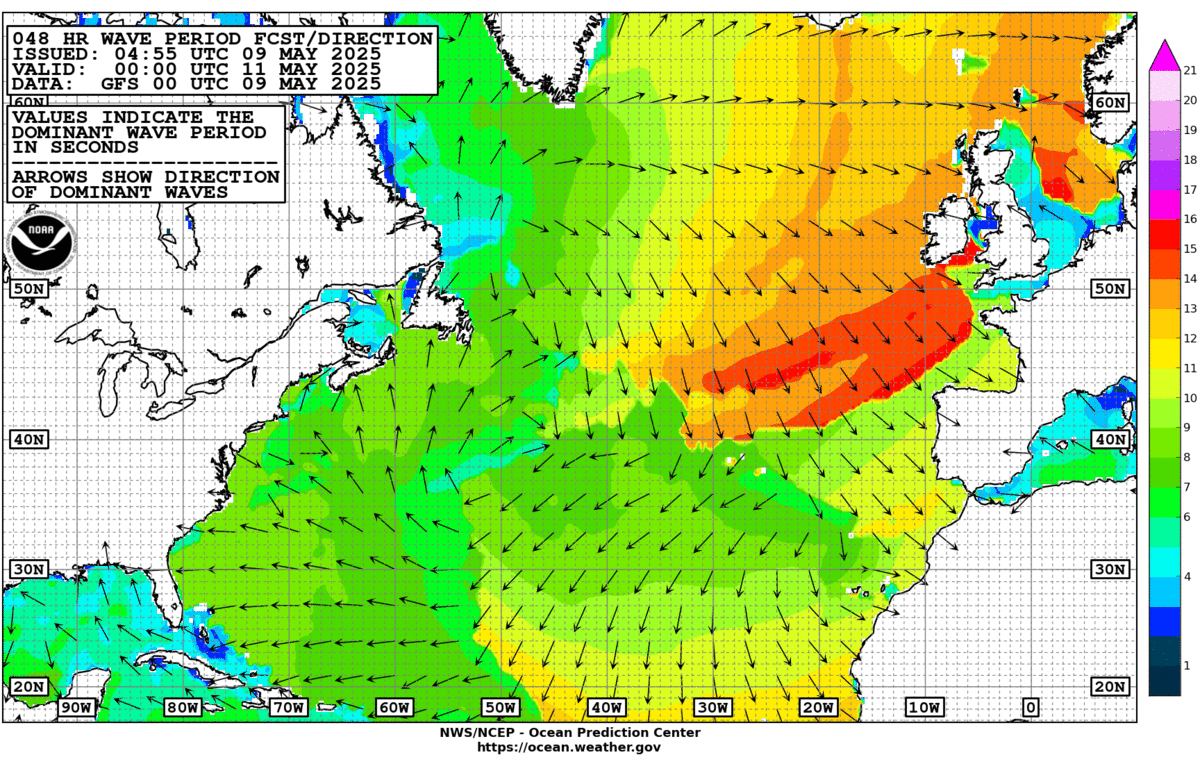
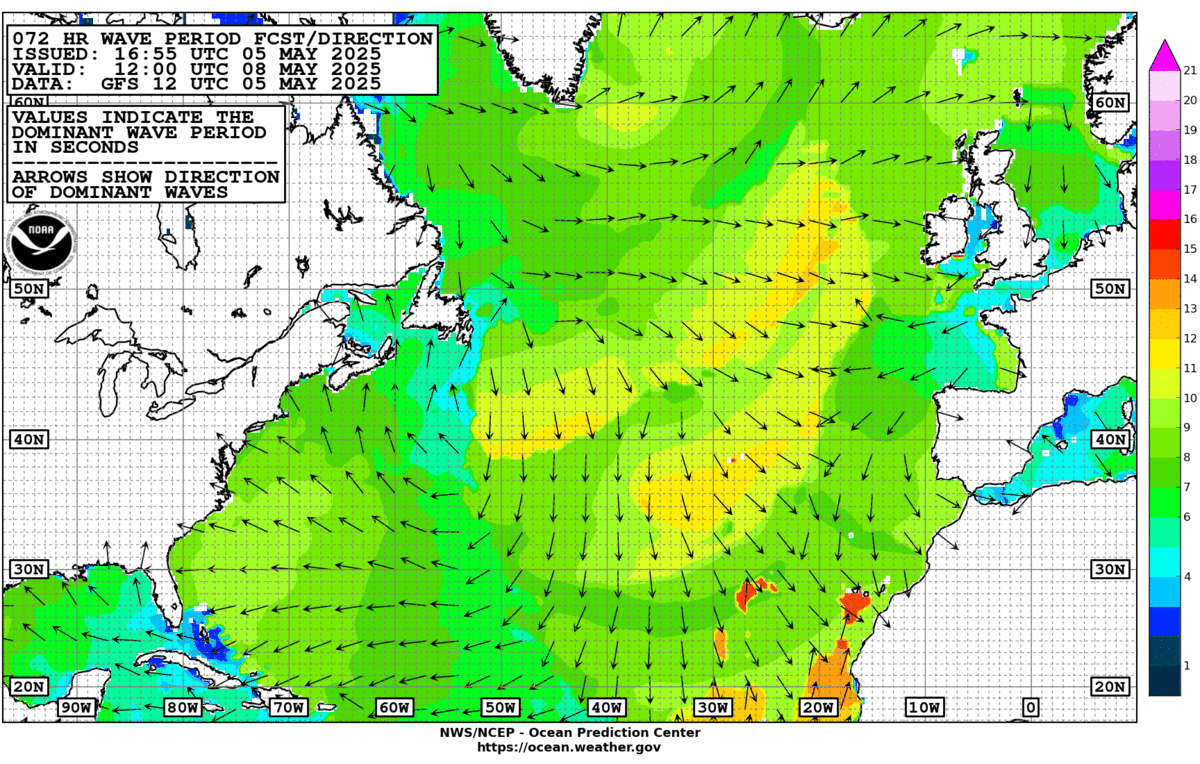
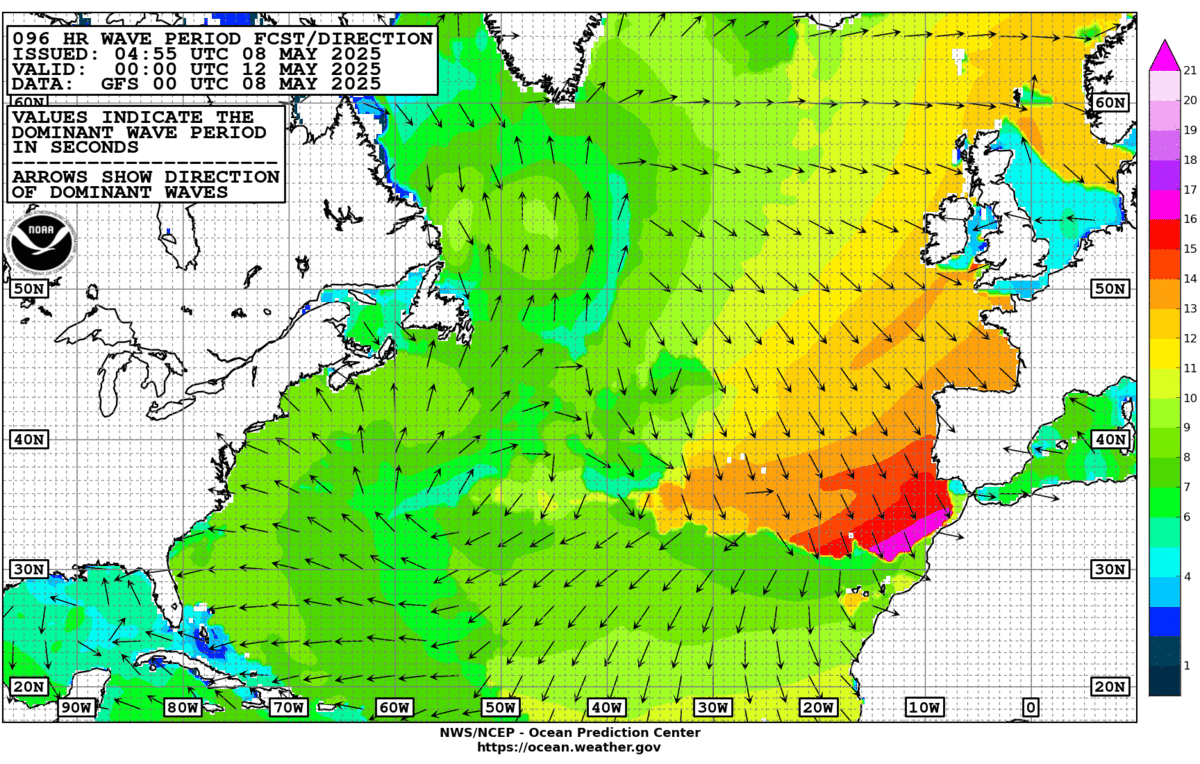

East & Central Pacific:
“Gilma” has become a hurricane over the open East Pacific - unseasonably late for the first East Pacific hurricane of the season. Gilma will stay over the open E. Pacific but may near Hawaii in about 7-10 days while weakening:




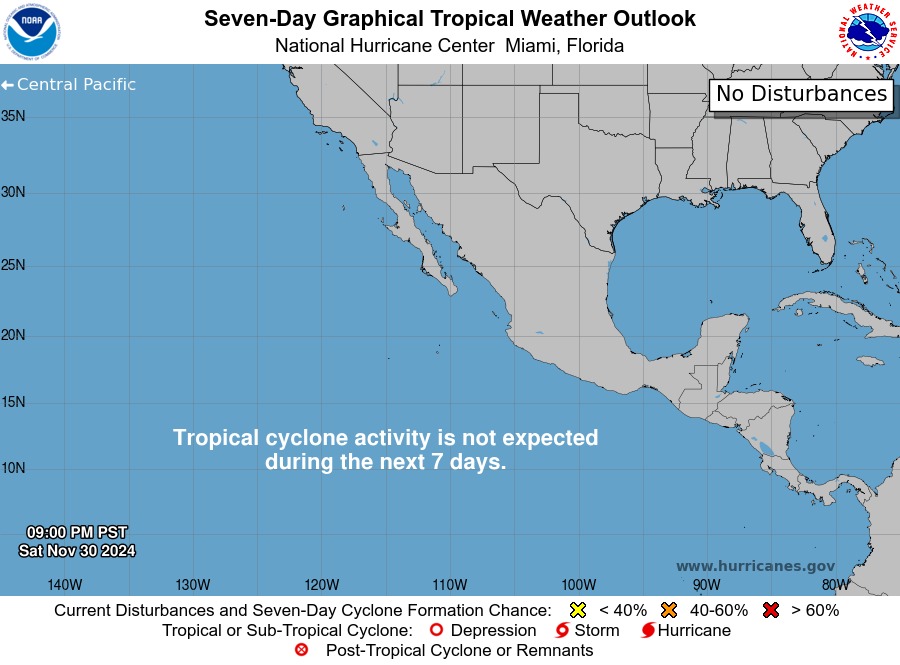
An active tropical disturbance - ‘EP-91′ - is moving into the Central Pacific & has the potential to be near & just south of Hawaii by late in the weekend/early next week as at least a tropical storm. Heads-up Hawaii!
The GFS is stronger &, therefore, more north & closer to the islands while the European is at least a little weaker &, therefore, more to the south with more of a steering influence from the trade winds.
Hawaii satellite imagery:

West Pacific:

Global tropical activity:

“Shanshan” is forecast to be a typhoon will moving to near & over Japan by early next week:

“Jongdari” is weakening while moving over North & South Korea:

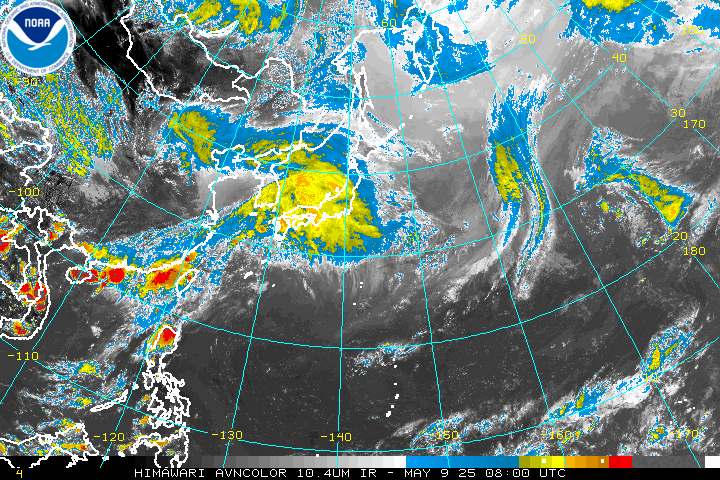
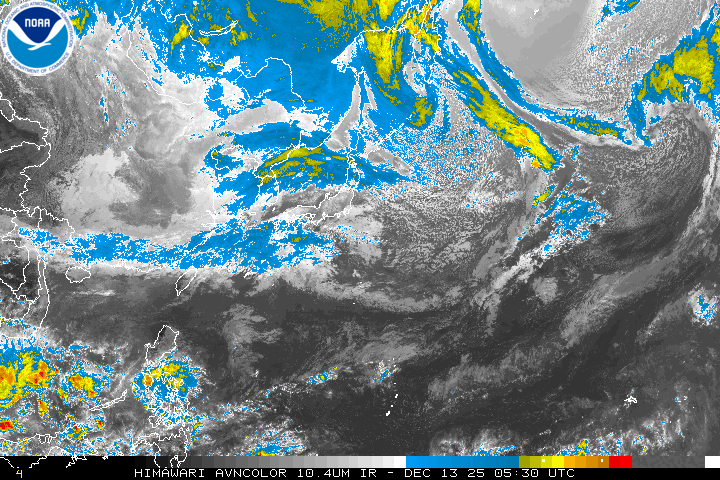
Cox Media Group












